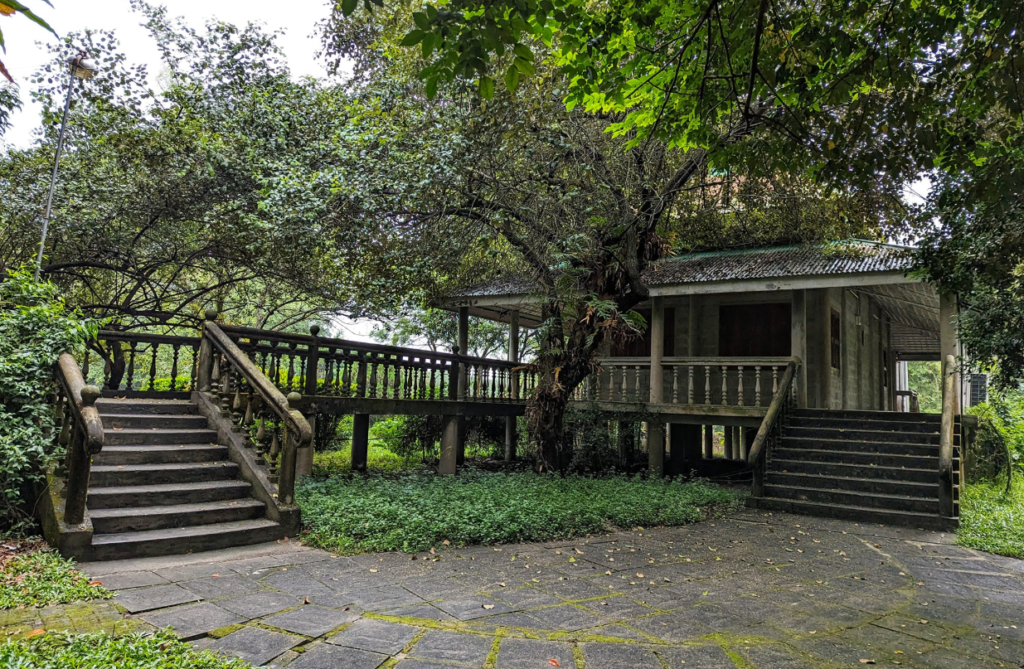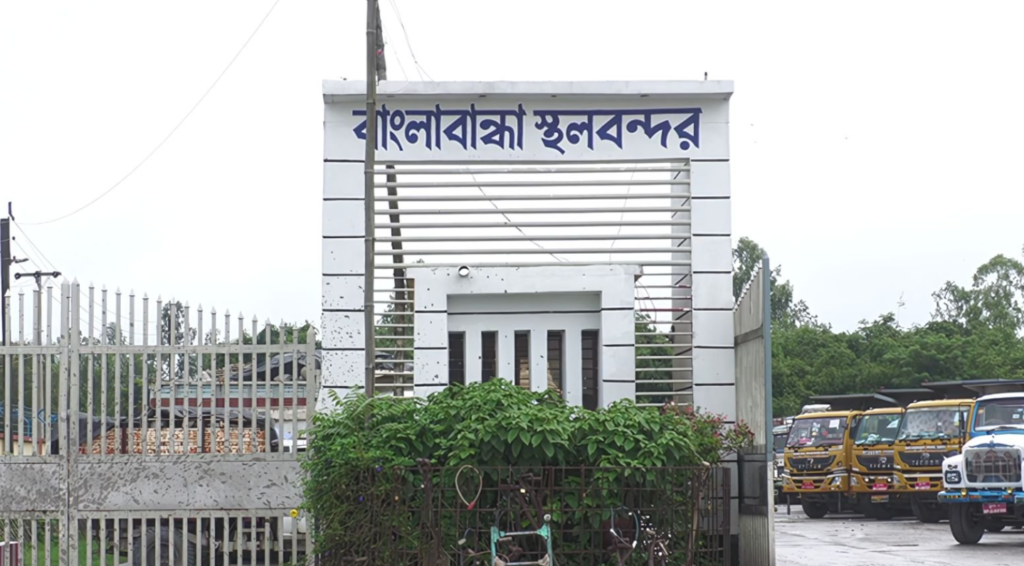Nestled in the northwestern corner of Bangladesh, Panchagarh is a district renowned for its unique geographical location, cultural heritage, and natural beauty. Bordering India on three sides, it is often referred to as the “Land of Five Forts,” a name derived from its rich history and archaeological significance. Beyond its historical allure, Panchagarh boasts stunning tea gardens, serene rivers, and a vibrant community that thrives on agriculture and traditional practices.
A Glimpse into History and Heritage
Panchagarh’s history is steeped in legends and historical tales. The name “Panchagarh” originates from the five ancient forts scattered throughout the region: Bhitargarh, Mirgar, Rajangar, Hossaingar, and Devengar. While many of these forts have succumbed to time, their remnants offer a glimpse into the district’s storied past.
The district was once a part of the Pundravardhana region, an important cultural and administrative center during the Maurya and Gupta empires. Later, it became a hub for trade and culture during the Mughal period. Even today, the ruins of these forts and temples stand as silent witnesses to its historical significance.
Geographical Marvel: Land of Rivers and Tea Gardens

Kazi & Kazi Tea Estate
Panchagarh is unique for its undulating landscapes, bordered by the mighty Himalayas to the north. The district is home to the Tetulia Upazila, the closest point to the Himalayas in Bangladesh, where one can view the majestic Kanchenjunga peak on clear days.
The rivers flowing through Panchagarh—like the Karatoya, Atrai, and Talma—are lifelines for agriculture and add to the scenic charm of the district. The lush green tea gardens here are a recent but thriving phenomenon, making Panchagarh the second-largest tea-producing region in the country. The sight of these sprawling tea estates, combined with the cool breeze from the north, creates an enchanting atmosphere.
Cultural and Economic Aspects
Agriculture remains the backbone of Panchagarh’s economy, with crops like rice, wheat, maize, and potatoes dominating the fields. The district is also famous for its jute production, contributing significantly to the national economy.
Panchagarh’s culture is enriched by its indigenous communities, including the Santal and Oraon people, who add vibrancy through their traditional songs, dances, and festivals. Their craftsmanship, especially in weaving and pottery, reflects the rich cultural diversity of the region.
Exploring the Upazilas of Panchagarh
- Panchagarh Sadar: The administrative hub with modern amenities, historical sites, and a bustling marketplace.
- Tetulia: Famous for its proximity to the Himalayas and its breathtaking views of Kanchenjunga.
- Boda: Known for its archaeological treasures, including ancient temples and forts.
- Debiganj: A serene upazila with rivers and agricultural landscapes.
- Atwari: A quaint region that showcases the traditional rural lifestyle of Bangladesh.
Must-Visit Attractions

Banglabandha Land Port
- Kantaji Temple (Kantanagar Temple): Although technically located in neighboring Dinajpur, this iconic temple is a short journey from Panchagarh and is a must-visit for its exquisite terracotta artwork.
- Bhitargarh Fort City: An ancient archaeological site offering insights into the region’s historical and cultural significance.
- Maharaja Dighi: A large and picturesque water body surrounded by myths and legends.
- Tetulia Dak Bungalow: A colonial-era bungalow perfect for a peaceful retreat with stunning views of the Himalayas.
- Banglabandha Land Port: The northernmost point of Bangladesh, symbolizing the district’s strategic importance in trade and connectivity.
- Kazi & Kazi Tea Estate: The country’s premier organic tea garden, offering tours and tastings amidst scenic landscapes.
Famous Personalities from Panchagarh
- Dr. Abdur Razzaque: A renowned scientist and politician, contributing significantly to agricultural research in Bangladesh.
- Siddiqur Rahman: A prominent cultural figure advocating for the preservation of traditional music and art forms.
Local Delicacies and Festivities
Panchagarh’s cuisine is heavily influenced by its agricultural produce. Traditional dishes made with freshly harvested rice, fish, and locally grown vegetables dominate the culinary scene. The district is also known for its tea, offering a rich and refreshing taste unique to the region.
Festivals such as the Bengali New Year (Pahela Baishakh) and local harvest festivals bring the community together in vibrant celebrations, showcasing traditional dances, songs, and fairs.
Challenges and Future Prospects
Despite its natural beauty and economic potential, Panchagarh faces challenges like inadequate infrastructure and limited access to education and healthcare. However, ongoing government initiatives aim to develop the region’s tourism, trade, and agricultural sectors, promising a brighter future for this picturesque district.
Conclusion
Panchagarh is a district that offers a harmonious blend of history, culture, and natural beauty. Whether you’re drawn to its ancient forts, picturesque tea gardens, or the majestic view of the Himalayas, Panchagarh promises an unforgettable experience. This hidden gem in the northernmost corner of Bangladesh invites travelers to explore its treasures and discover the stories etched into its landscapes and people.




